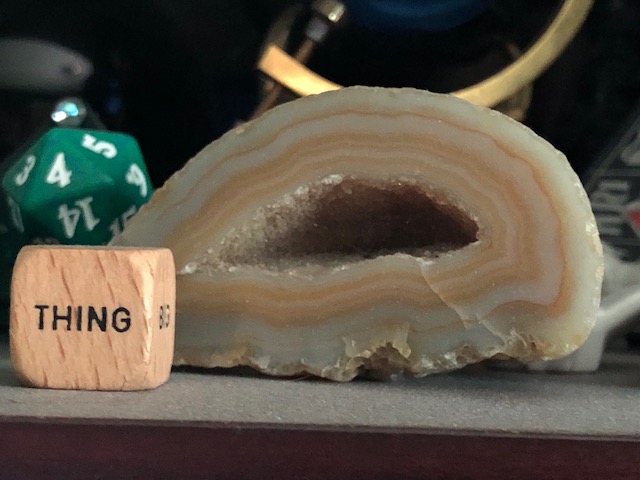To our misfortune, photographic and video evidence no longer suffices as evidence we can trust, if ever it did. Illusionists and hoaxers have been with us always. They present amazing things for their own purposes, often to manipulate or exploit us, sometimes simply for the thrill they get by fooling others. Gain isn’t necessary to explain why someone might hoax. Still, genuine reports do arise, and deserve serious investigation, or at least a hearing and some rational consideration. Filtering the legitimate reports from hoaxes, mistakes, and delusions is the key that will start the logic engine moving toward figuring out, (doing the math, that means; in other words, understanding the physics), the UAO enigma.
So, how to filter? Much of the answer relies on the art of human communication. Learning to listen in context. Finding reasons someone might deceive even themselves, or spotting tells and twitches indicating lies. Context includes weather and astronomical conditions. It also includes the simple facts of humanity — is this person trustworthy?
We see pilots and military folks as more trustworthy. They have training and experience, and those things count as reasons to trust. We more easily dismiss accounts from street people, drunks, or others at the ebb of society’s tides, those stranded on the rocks of poverty and isolation. This seems fair, we think, until we stop to realize the context.
Locals know local flora, fauna, and conditions. They know what doesn’t fit into their normal. They grasp better than a better-educated interviewer what constitutes anomaly where they live. This counts as training and experience of environment, which interlopers don’t share.
Again, focus shifts to people. What have they to gain or lose by reporting? Profit motive should always be a prime question. Do they seem credible? Are they doing their best to be clear, to communicate a strange event or sighting they don’t otherwise understand.
Making better UAO investigators — or ghost, or lake monsters, or Bigfoot or other cryptid hunters — requires a front line of people who understand people better, who are open, compassionate, and non-judgmental, and who are open-minded enough to go along with stories told as far as the first sign of collapse on the suspension bridge we call verisimilitude.
Suspension of disbelief is pivotal in fiction, and anyone weaving a tale out of whole cloth, spinning a yarn, or otherwise woolgathering a tall tale to sucker the credulous builds on such a letting-go of skeptical questions, of reality-based curiosity about solid details. They want you slack-jawed, wide-eyed, and gaping as you gulp in their story. A good investigator and interviewer will listen, but actively, asking for pertinent clarifications, keeping an eye out for contradictions or wrinkles that contravene physics.
At the same time, one must not descend into a debunker’s sneering or scoffing. One must remain neutral, even accepting in tone. Draw them out instead of startling them back into a duck-and-cover stance. Do not ridicule, do not be scathing, and avoid the gimlet eye as you deal with them. Later, in your report, there is a chance to vent.
Take the facts offered and use them to mount an inquiry or investigation. Be kind and be human, and Uaology can advance.
/ geste

